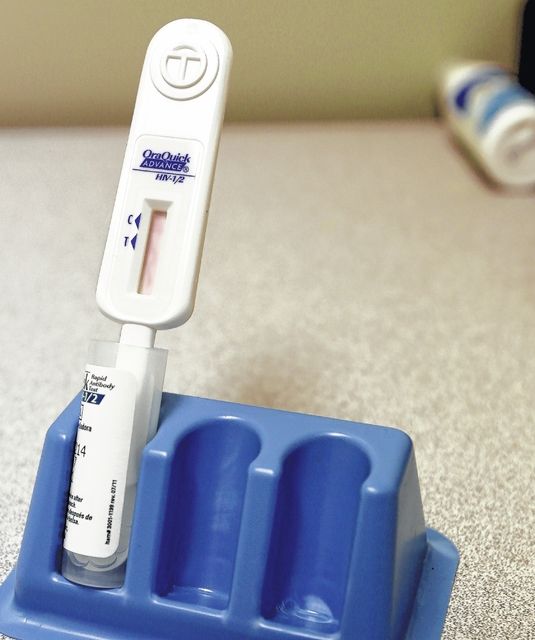Click here to subscribe today or Login.


There are 721 people known to be HIV-positive or diagnosed with AIDS in Northeastern Pennsylvania. For Ken Zula, executive director of Wyoming Valley AIDS Council in Wilkes-Barre, the more alarming number is 6.06 percent. That’s the chunk of the population in Luzerne and Lackawanna counties infected with HIV or AIDS, he said.
The naked truth about how close-to-home the disease is to the area is perhaps more discomforting when adding that AIDS.gov reports 1 in 7 people infected with HIV don’t even know they have the illness. Knowing that, it’s basic math to apprehend thousands of people throughout NEPA may be walking around with HIV, unenlightened of their status.
Since the topic of HIV is still taboo for many in Northeastern Pennsylvania, some may have unanswered questions about the illness. Dr. Alison Brodginski, infectious disease specialist at Geisinger Wyoming Valley, answered some frequently asked questions people may have. This comes just in time for National HIV Testing Week, which is June 21-27 in the United States.
How long after a possible exposure should I wait to get tested?
Generally the “window period” is 3 months. Therefore if you test negative on a test taken 3 months or longer after your last possible exposure to HIV, you can feel safe that you do not have HIV.
How long does it take for HIV to cause AIDS?
This period varies greatly from person to person depending on many factors, such as your health status, behavior and whether you are taking medications. Early detection gives you more options for treatment, as we now have very potent medications that slow down the rate at which HIV weakens the immune system. If a person is taking their medications as prescribed, it would be very unlikely they would ever progress to AIDS.
How long does it take to start noticing symptoms? What are the symptoms?
The first stage of symptoms may appear as early as 2-4 weeks after HIV infection, and often feel like a really bad flu. The most common symptom is a fever, but you may also experience fatigue, headache, muscle and joint aches, swollen glands, sore throat, and rash.
After that stage, you may go through a period where you experience little to no symptoms at all. This is the “clinical latency” or “asymptomatic” stage.
The next stage is the progression to AIDS, and you may experience rapid weight loss; recurring fever or night sweats; extreme and unexplained tiredness; prolonged swelling of the lymph glands in the armpits, groin or neck; diarrhea lasting more than a week; sores of the mouth, anus or genitals; pneumonia; blotches on or under the skin or inside the mouth, nose or eyelids; and memory loss, depression and other neurological disorders.
I just found out a loved one has HIV. Are there any special precautions I need to take to protect myself?
If it’s your sexual partner that has HIV, you definitely need to share in taking precautions. You should talk to your doctor about using antiretroviral therapy (ART) or pre-exposure prophylaxis (PrEP). Use condoms correctly, every time. And you and your partner should both get tested for other STDs annually.
If it’s a family member, friend or co-worker who has HIV, it is very rare for HIV to be transmitted by contact between infected blood and broken skin. But it’s definitely smart to take precaution in certain situations. If you need to have contact with the person’s blood or other body fluids, you should wear gloves and wash your hands immediately afterward. Avoid sharing toothbrushes or razors in case either of you has a cut.
Do you know your status? To get tested, contact Wyoming Valley AIDS Council at 570-718-1816.





